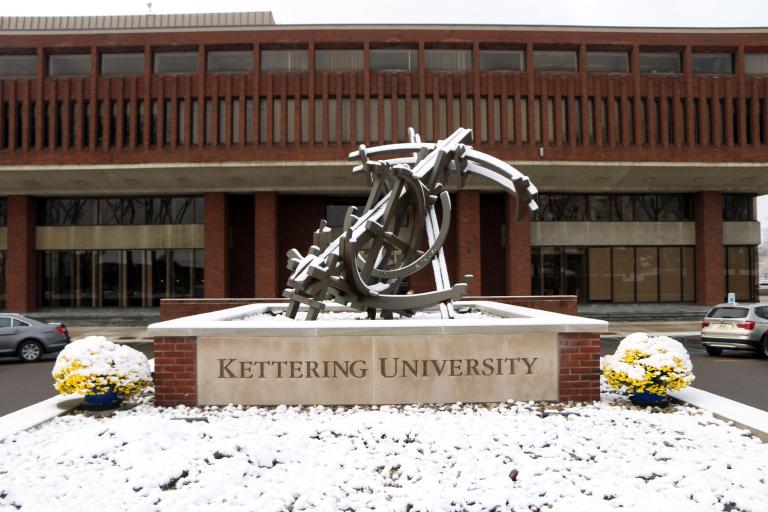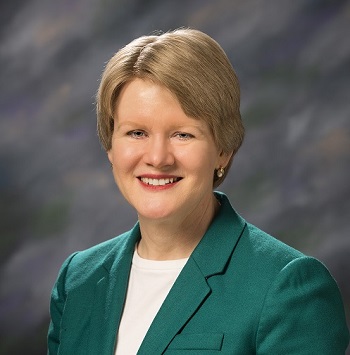
Kettering University Associate Provost for Assessment & Academic Support Dr. Kathryn Svinarich is part of a nationwide collaboration to create a guide for physics departments that will help them improve teaching and career preparation.

The American Physical Society (APS) and the American Association of Physics Teachers (AAPT) are leading the five-year, $2.2 million Effective Practices for Physics Programs (EP3). Physicists in industry and academia, including Kettering University, Stanford University, the University of Colorado Boulder, Oregon State University, the University of Wisconsin La Crosse, and the University of Texas Arlington are part of the team behind the effort.
"This is a big deal," Svinarich said. "The APS and AAPT have brought together major players in the physics world. The recognition that Kettering University has a contribution to make is significant. With our best practices in assessment and career preparation, we can weigh in and really be part of the conversation that's creating this guide."
The guide, which will launch in stages starting in mid-2019, will provide documented best practices and resources in an easy-to-use format with links, creating a starting point for faculty and department heads who want to improve and assess their programs. The guide will include curricula, pedagogy, advising, mentoring, recruitment and retention, research and internship opportunities, diversity, scientific skill development, career preparation, staffing, resources, and faculty professional development.
Svinarich is a member of EP3’s Best Practices for Undergraduate Physics Programs Task Force, and she’s working on a chapter about assessing student learning. As Kettering is the only ABET-accredited applied physics program, Svinarich is a leader in experiential learning.
“That put us on the map,” she said.
Career preparation is a key part of the EP3 guide. Traditionally, career preparation for physics students assumes they are going into academic roles. More than 65 percent of graduates instead work in business or as an engineer.
“The idea of teaching physics in the old, traditional way is not valid anymore,” Svinarich said. “We’re looking at how to prepare students for careers, assess learning, and improve recruitment, particularly of underrepresented groups.”